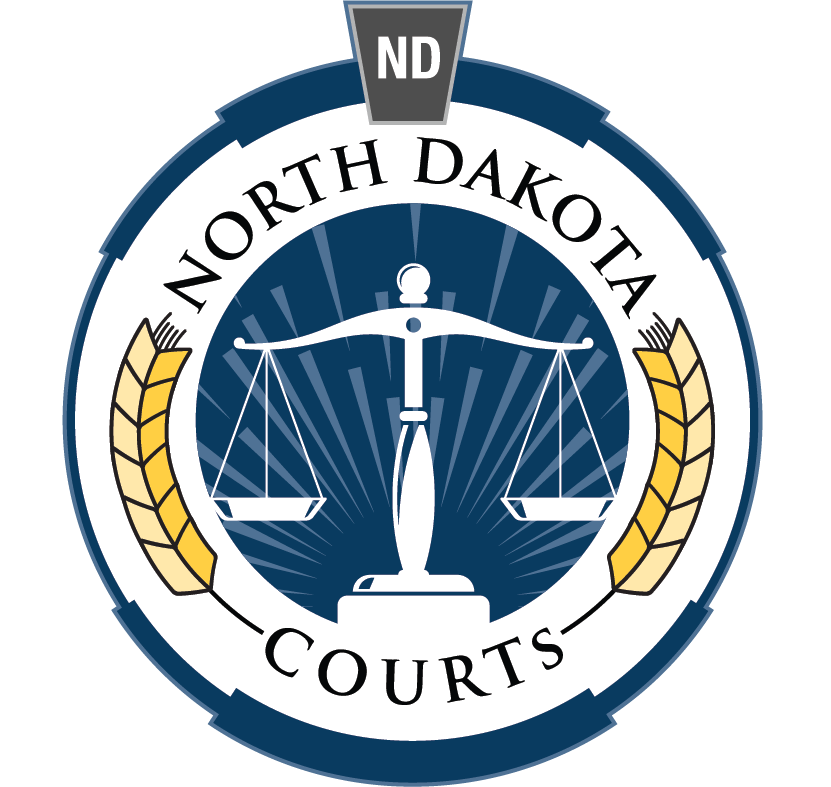Opinions
On this page, you can search and view the Supreme Court’s opinions. If you wish to review the docket or documents filed in a matter, please go to the Court’s public portal search page.
111 - 120 of 12118 results
|
State v. Solomon
2025 ND 133
Highlight: Under the speedy trial statute, trials must begin within 90 days of invoking this right, unless the court finds "good cause" for delay. Courts consider four factors when determining good cause: (1) length of delay, (2) reason for delay, (3) whether the defendant asserted the right, and (4) prejudice to the defendant. |
|
WSI v. Boechler, et al.
2025 ND 132
Highlight: Under N.D.C.C. § 65-04-26.1, a president of a corporation is not personally liable for penalties imposed due to a failure to file payroll reports. |
|
Bang, et al. v. Continental Resources
2025 ND 131
Highlight: Under a usual oil and gas lease, the lessee, in developing the leased premises, is entitled to use of the land reasonably necessary in producing the oil. Even though the surface rights of the lessee may arise by implication, it is important to note that lessee's rights are primarily governed by the specific grant of rights in the lease. |
|
State v. Kennedy
2025 ND 130
Highlight: A party can invite error during voir dire. |
|
Carvalho v. Carvalho, et al.
2025 ND 129
Highlight: A district court must perform an adequate analysis for an appellate court to determine the basis for its decision. |
|
Bazile v. State
2025 ND 128
Highlight: A district court order denying an amended application for postconviction relief is affirmed. |
|
Interest of B.F.
2025 ND 127
Highlight: An appeal from a juvenile court order terminating parental rights is affirmed. |
|
Interest of I.F.
2025 ND 127
Highlight: An appeal from a juvenile court order terminating parental rights is affirmed. |
|
Equinor Energy v. NDIC, et al.
2025 ND 126
Highlight: An order of the North Dakota Industrial Commission is vacated for lack of jurisdiction. |
|
Gomez v. State
2025 ND 125
Highlight: An application for post-conviction relief must be filed within two years of the date the conviction becomes final. |

